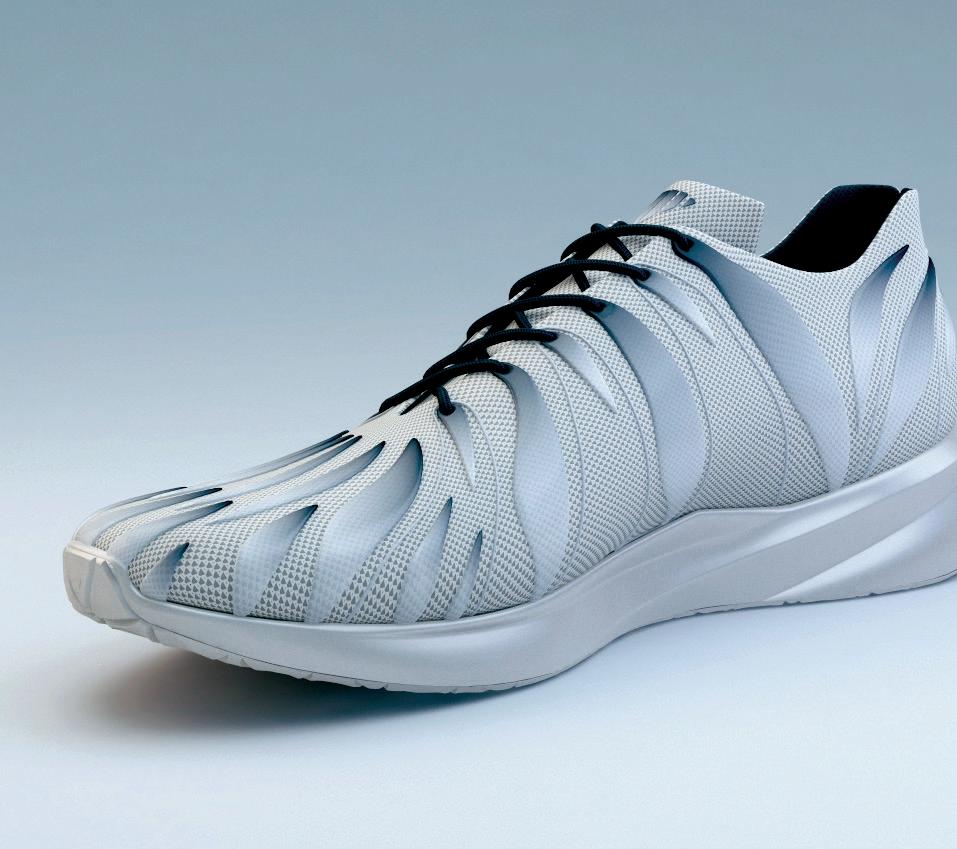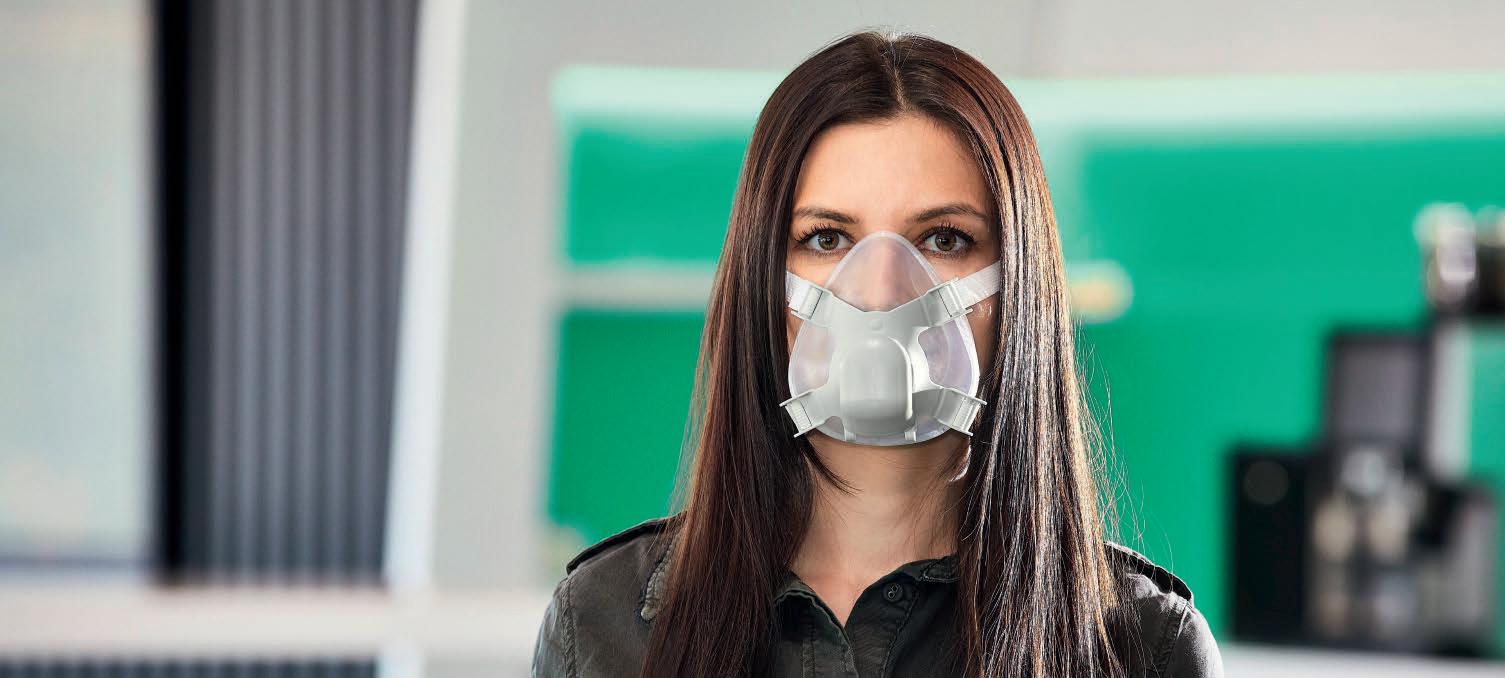automotive & rail
WORDS: SAM DAVIES
Senior Engineer Malini Dusey talks to TCT about GM's application of AM.
A
s Scott Crump’s career came to its end last year, the inventor of Fused Deposition Modelling began to reflect on many of the highlights in his 31-year stint in the additive manufacturing sector afforded him. There were the gruelling night-time shifts in the 80s, the pursuit of investment in the 90s, partnerships with some of the biggest manufacturers in the 00s and, of course, the mainstream media attention of the 2010s. In the year before he retired, though, there was one manufacturing site visit that would stand out, that would represent the progress 3D printing technology had made and that would confirm to Crump that his efforts over the preceding three decades had been worthwhile. At a General Motors (GM) facility, he joined a group of 25 engineers in walking up and down various segments of a production line and placing post-it notes whenever they found a suitable 3D printing application. Crump expected they’d find around 20 between them. They identified 200. General Motors’ use of 3D printing can be traced back to the early
of a leader in 3D printed automotive tools. Dusey and her colleagues at the Warren Tech Center are responsible for the additive manufacture of such components, which are then distributed to GM Assembly Plants in as little as 24 hours.
“A quick success makes a great advocate.” days. The company has long utilized processes like FDM for prototyping, but as with many other automakers, has seen the application of the technology grow in recent years. The company’s big wins have come predominantly in tooling applications, with GM Additive Manufacturing Senior Engineer Malini Dusey suggesting that GM has established itself as somewhat
“When GM is poised to put new vehicles on the road,” she says, “we are looking at deploying tooling very efficiently and very rapidly, looking at what are the needs, how can we improve processes, where are the biggest challenges, where are the areas that we can actually make a difference? Lead time reduction is of utmost importance, and we are seeing that, with the use of additive manufacturing, we are able to build these tools very quickly, adapt to the process, they conform to the shape exactly what the job is on hand, and also lightweight them.” More often than not, GM exploits its healthy repertoire of FDM systems, which was bolstered in late 2019 with 17 additional Stratasys systems, including several F900 platforms. This equipment is used to additively manufacture handheld tools, as well as larger parts that may
ABOVE:
3D PRINTED HAND APPLY TOOL MADE IN THE GM AIC (PHOTO BY STEVE FECHT FOR GENERAL MOTORS)
VOL 7 ISSUE 5 / www.tctmagazine.com / 011











